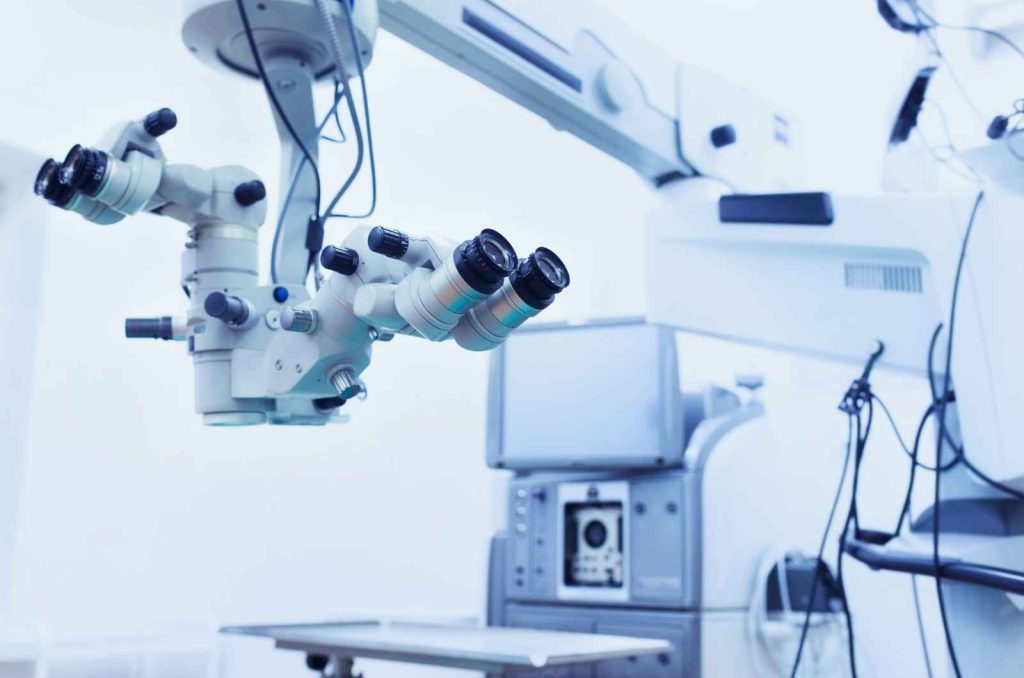
Navigating the medical device approval process in the US can be challenging, especially the 510(k) clearance pathway. This article explores the essentials of the 510(k) process, highlighting its importance for manufacturers aiming to market their devices efficiently. Understanding this pathway is crucial for ensuring the safety and effectiveness of medical devices.
?What is a 510(k) Medical Device
A 510(k) medical device is one that must undergo the 510(k) clearance process before it can be legally marketed in the United States. This process, overseen by the FDA, is named after Section 510(k) of the Federal Food, Drug, and Cosmetic Act. To gain clearance, manufacturers must demonstrate that their device is substantially equivalent to a legally marketed device known as a predicate device. This means the new device must have the same intended use and similar technological characteristics. By proving substantial equivalence, manufacturers can bring their devices to market more quickly and efficiently.
?How Does the 510(k) Clearance Process Work
Navigating the 510(k) clearance process involves several key steps that ensure your medical device is safe and effective for market entry. Here's a breakdown of the essential phases:
Identifying the Predicate Device
The first step in the 510(k) process is identifying a predicate device. This is an existing, legally marketed device that is substantially equivalent to your new device. The predicate device should have the same intended use and similar technological characteristics. This comparison lays the foundation for demonstrating substantial equivalence.
Preparing the 510(k) Submission
Next, you'll need to prepare your 510(k) submission. This involves compiling detailed information about your device, including its description, indications for use, and technological comparisons with the predicate. You must also provide supporting scientific evidence, such as biocompatibility testing, performance testing, software validation (if applicable), and sterilization and shelf-life data. Adhering to the FDA's eCopy Program ensures that your submission includes both electronic and paper copies.
FDA Review and Decision
Once submitted, the FDA reviews your 510(k) documentation. During this review, the FDA may request additional information, which you'll need to provide promptly. The review process evaluates whether your device is as safe and effective as the predicate device. If the FDA determines that your device meets the necessary criteria, they will grant clearance, allowing you to market your device in the United States. If not, you may need to pursue a different regulatory pathway, such as the PMA or De Novo process.
?What are the Advantages of the 510(k) Pathway
The 510(k) pathway offers several significant advantages for medical device manufacturers. First and foremost, it allows for a faster time to market, as the 510(k) clearance typically requires fewer studies compared to the more rigorous Pre-Market Approval (PMA) process. This expedited route can be particularly beneficial for companies looking to introduce their products swiftly and efficiently.
Additionally, the 510(k) process is cost-effective. By avoiding extensive clinical trials, companies can save on development costs, making it an attractive option for both established firms and startups. This pathway also promotes predictability, providing clear guidelines that help manufacturers plan their strategies effectively.
?How Does the 510(k) Process Impact the Healthcare Industry
The 510(k) clearance process significantly influences the healthcare industry by facilitating the introduction of innovative medical devices. This pathway allows manufacturers to bring new products to market more quickly and cost-effectively compared to the Premarket Approval (PMA) process. As a result, healthcare providers gain access to advanced medical technologies sooner, which can enhance patient care and treatment outcomes. Additionally, the competitive environment fostered by the 510(k) process encourages continuous improvement and innovation in medical device design, ultimately benefiting both patients and the broader healthcare system.
Understanding the 510(k) medical device clearance process is crucial for manufacturers aiming to bring new devices to the US market. This pathway offers a streamlined approach for proving safety and effectiveness, balancing regulatory requirements with the need for innovation. By navigating this process efficiently, manufacturers can ensure their devices reach healthcare providers and patients promptly.
click here for more info: 510k medical device